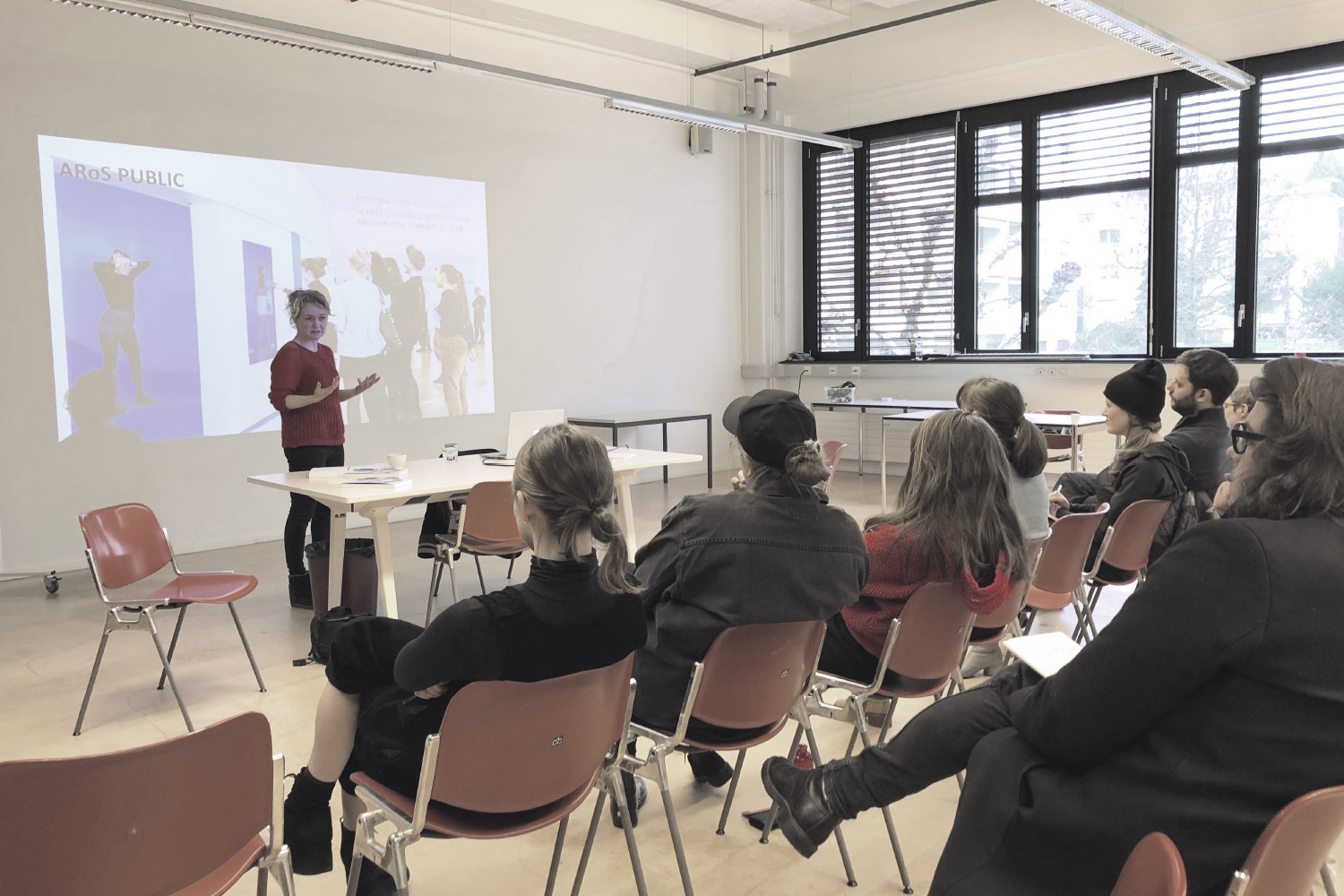MONTREUX JAZZ HERITAGE LAB NOMAD
“Nina” RESEARCH PATH
RESEARCH
The “nina” research project included several activities aimed at creating knowledge and answering fundamental questions on the design of a public space experience. These included the user’s emotional perception in relation to the content and the level of immersion level induced by the installation.The key aims of the project were to revive concert experiences of the Montreux Jazz Festival and to broaden people’s perception by giving a historical background, thus adding value to the whole experience.
The research led us to look for a design solution based on observation of existing projects, on the observation of people’s behavior in real time and on a reading of existing material.The research was carried out with Allison Crank, a design researcher on the MAS DRDI program (Master of Advanced Studies in Design Research for Digital Innovation) at the EPFL + ECAL Lab.I organized and participated in all the research phases of the “nina” project defining all aspects of the project’s interactive and visual design.
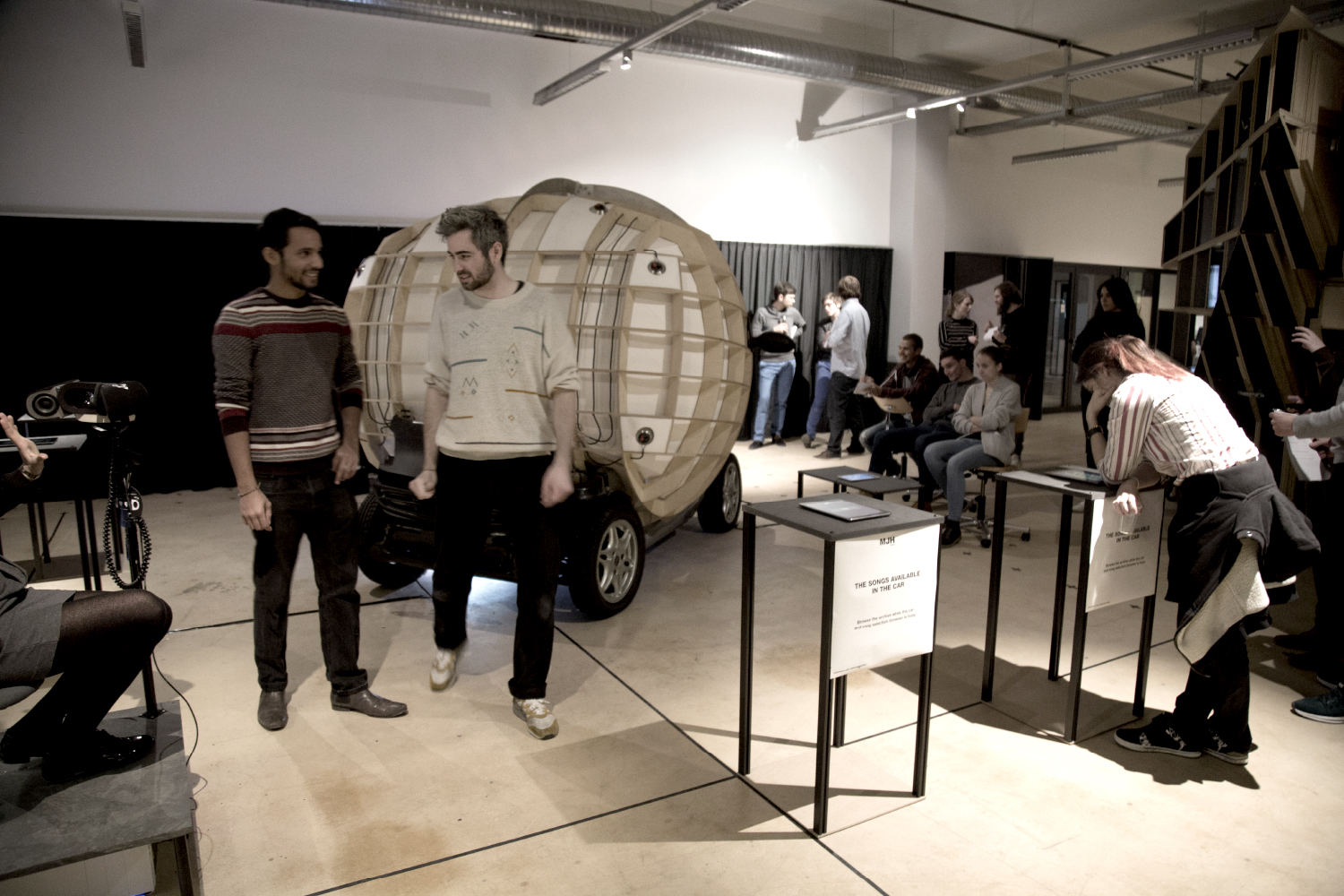
USER TESTS
This experience is part of a series of digital installation projects for public spaces, specifically in the context of the archives of the Montreux Jazz Festival. . Therefore, we used a broad range knowledge gained from making and testing our previous installations. However, there were two specificities which made “Nina” different. Firstly, it is on a much smaller scale, presenting an experience for just two people at a time. Another important aspect is that, as the installation is itinerant, there is a lack of control over the environmental conditions, and therefore it must be robust and adaptable.Our testing aimed to define : 1.The type of song selection by the user 2.The minimum listening time to have a fulfilling experience (in order to accommodate as many visitors as possible) 3.The creation of supporting additional experience to involve as many users as possible outside of the installation 4.How to bring the internal listening experience to a close, inviting the occupying users to leave the space to new usersFor the selection of the song we tested two directions.
One with direct selection inside the installation via a tablet and a second with selection on an external multitouch screen.The results:- The minimum time of stay for an experience is 5 minutes : .Most users began to feel the pressure of other visitors after about 15 minutes and left the installation without any prompting .We understood that it is important to define a precise length for the experience .It is important to develop an external project to show what Montreux Jazz Festival is for those who do not know it .We observed that users outside the installation look inside and can enjoy the concert experience from this perspective. .It is important to show people outside the car the name of the song currently playing. The main objective was to create different activities for active and passive users so that the installation space is always being used.
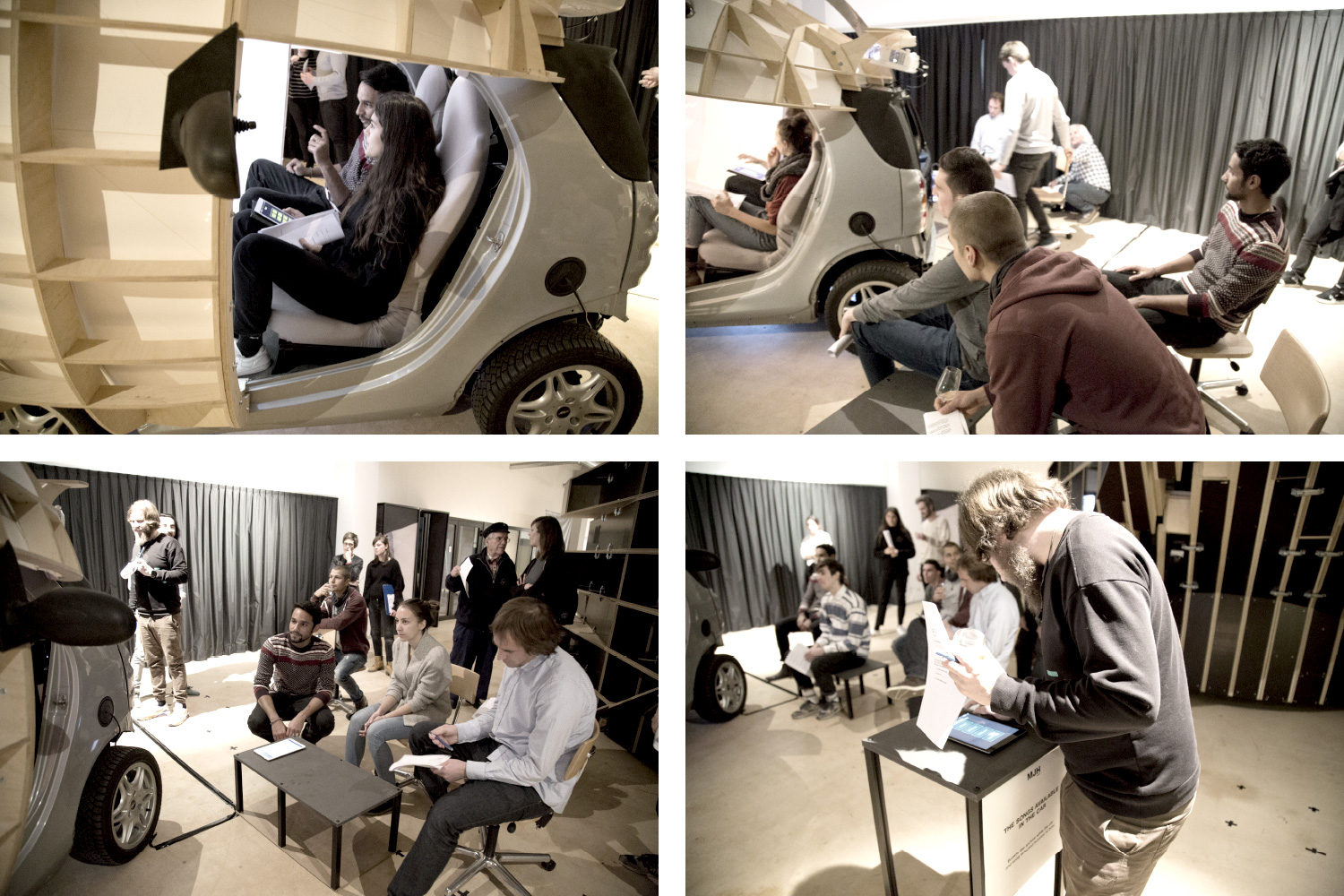
We tested 2 user scenarios defining all the actors and variables to be evaluated for the different experiences
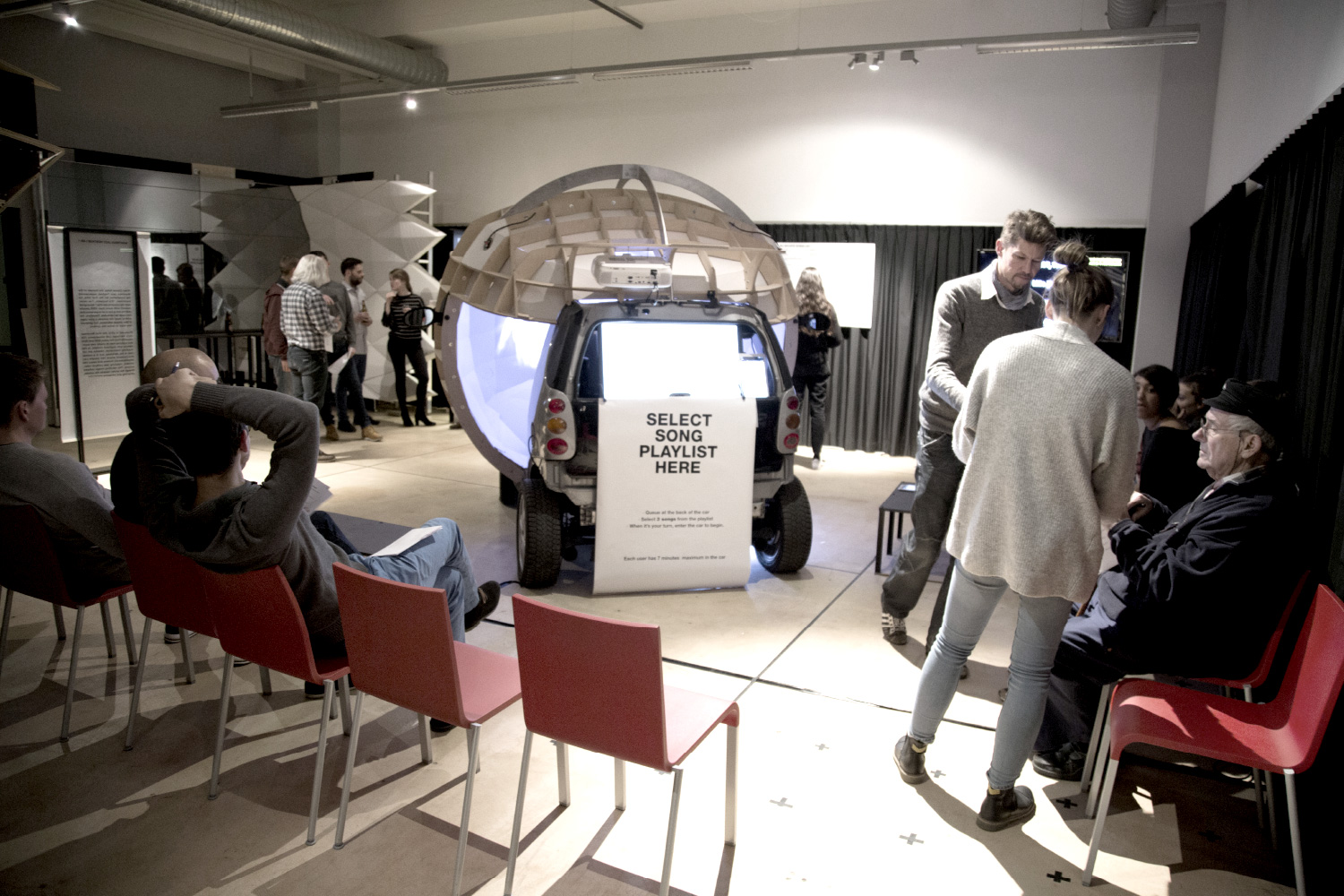

A direct discussion and targeted questionnaires on the different experiences allowed us to define the final project choices

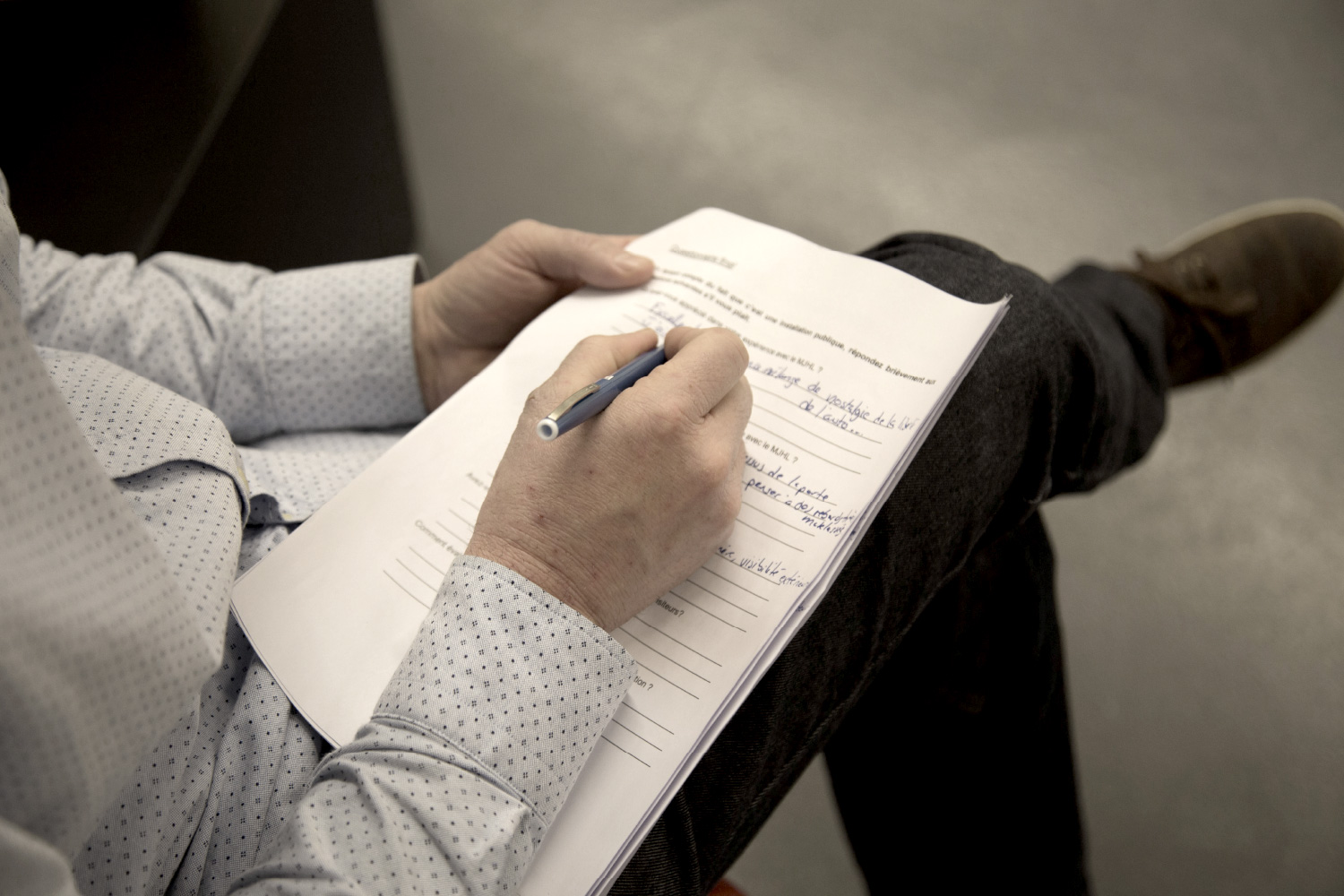
SOFTWARE TESTING
As this installation was less complex than previous iterations of the project, I looked for new software to use that would be simpler and more versatile, but would remain scalable, stable and cost-effective.I found Millumin V2 on OSX operating system which were used in the final product. I prototyped the installation by simulating the number of apertures of the space , and trying to foresee further expansions, with the addition of more output signals.For concert selection interface, I used the OSC prototype protocol with Touch OSC.
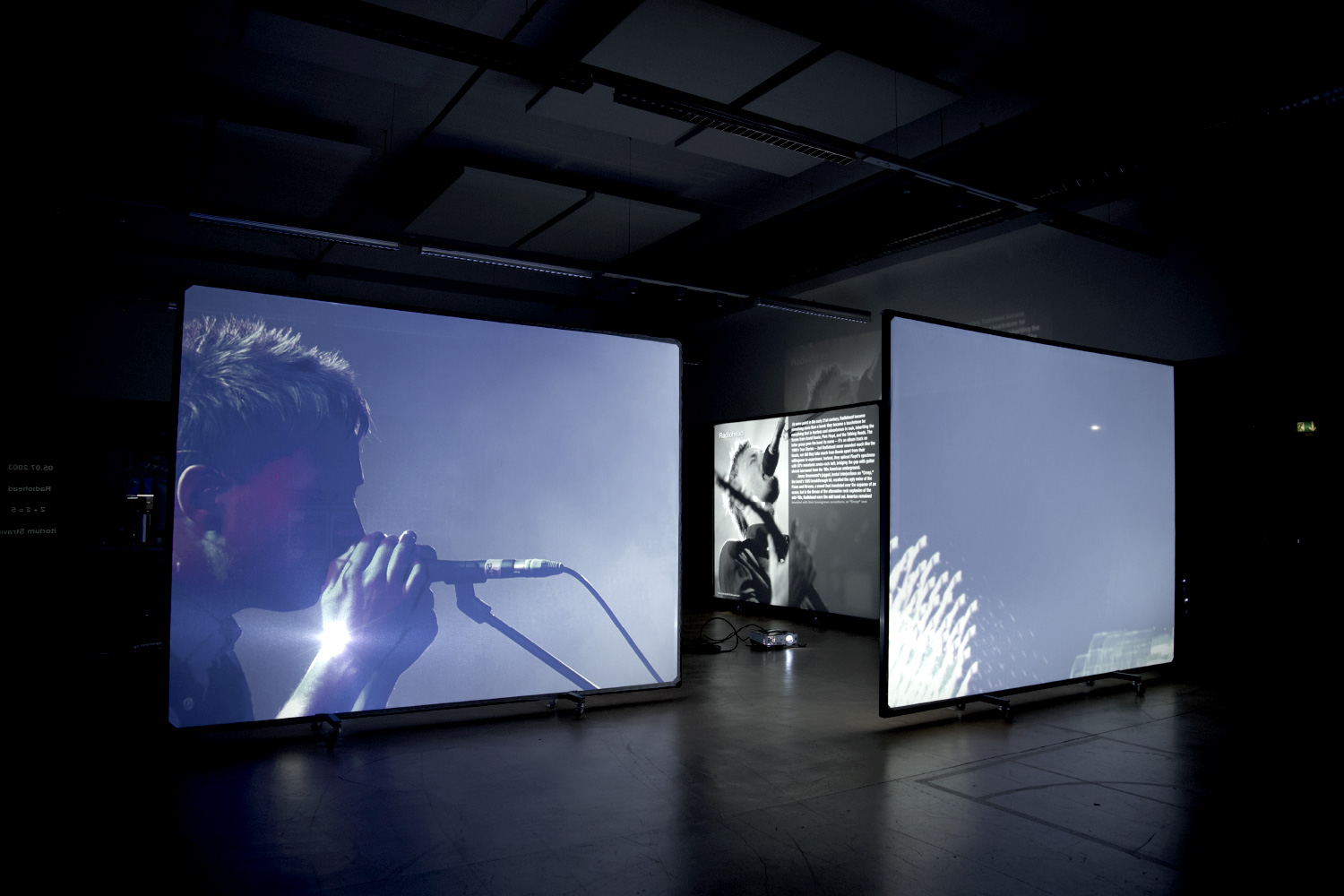

Driving the experience with simple but targeted messaging is essential for the user’s orientation

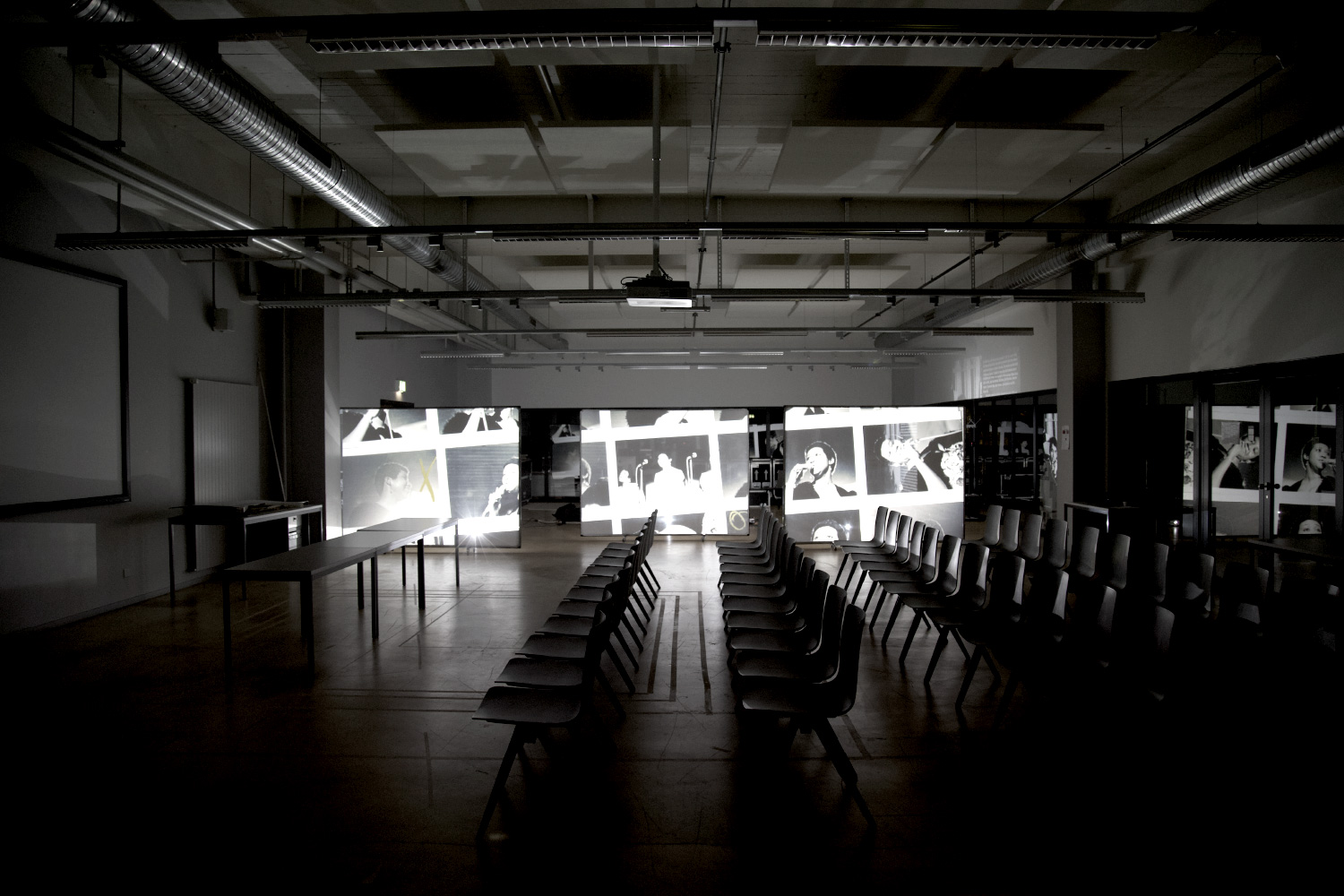
RESEARCH STUDIES
Local Projects, a studio in New York, is a leading company in the production of digital installations in public spaces.We decided to visit some of their installations to get an understanding of the interactions, experience principles and technology they used. We went to ARoS museum in Denmark, a cultural space with an area specifically designed for public interaction, including several installations by Local Projects.Over one whole day, we observed the behavior of people in the space and those who interacted with the installations. We were impressed by the creativity and robustness of the installations being presented. All interactivity is guided, nothing is left to chance. The actions are very simple and technology is used intelligently to create an action, a story, but never an end in itself.We also had the opportunity to meet with the director of the museum, Marianne Grymer Bargeman, who had been responsible for the creation of the space and the organization of the installations, to discuss the process in more depth.
We also invited her to the EPFL+ECAL Lab to give a talk about experiences in public spaces to share her insights with the whole team.As this installation was less complex than previous iterations of the project, I looked for new software to use that would be simpler and more versatile, but would remain scalable, stable and cost-effective.I found Millumin V2 on OSX operating system which were used in the final product. I prototyped the installation by simulating the number of apertures of the space , and trying to foresee further expansions, with the addition of more output signals.For concert selection interface, I used the OSC prototype protocol with Touch OSC.
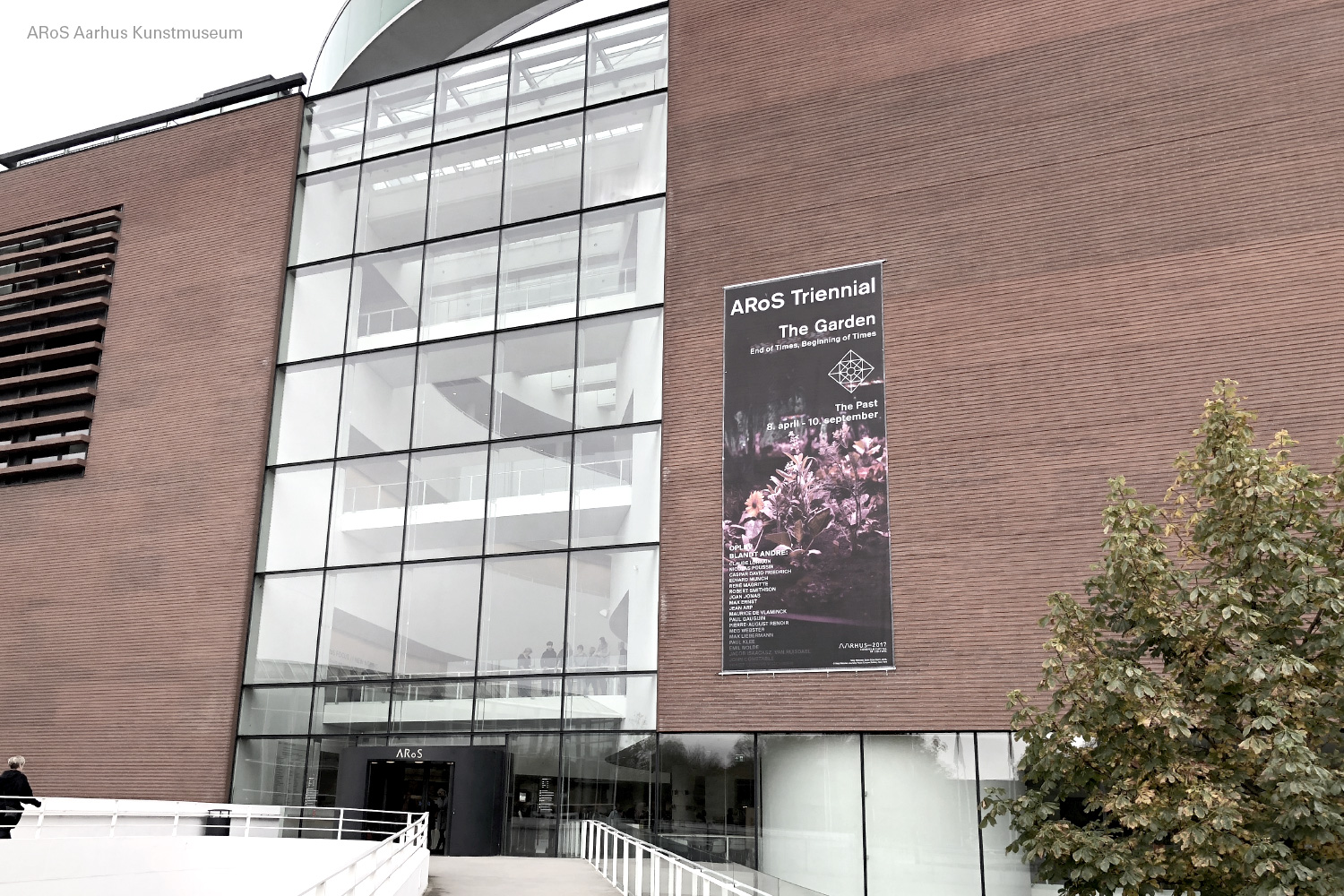

An important presentation and exchange with Marianna, Director of the ARoS Museum
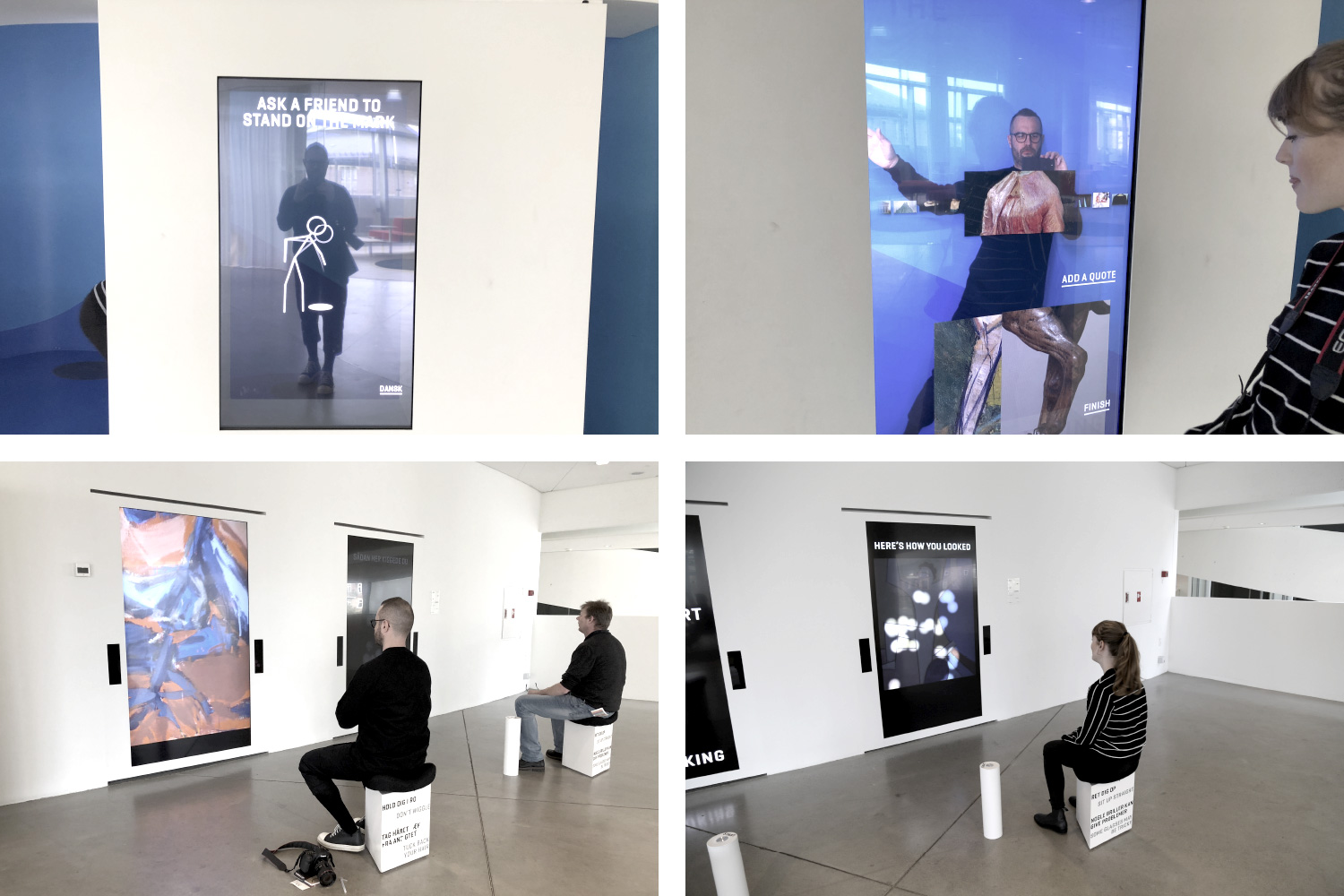

Marianna at the EPFL + ECAL Lab for a presentation on her ARoS Public project and a discussion on interactivity in public spaces
